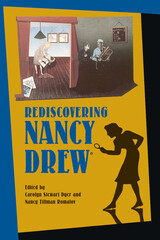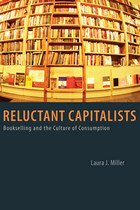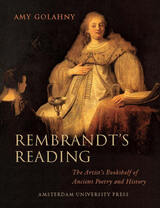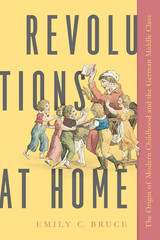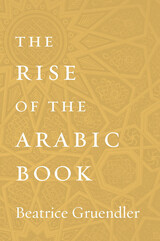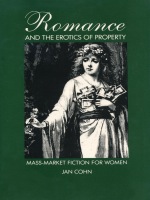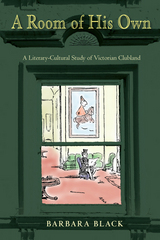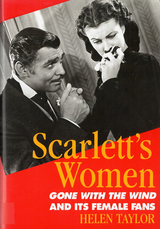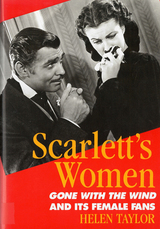Comets: Nature and Culture
Reaktion Books, 2017
Paper: 978-1-78023-830-2 | eISBN: 978-1-78023-858-6
See other books on: Astronomy | Comets | Culture | Nature | Space Science
See other titles from Reaktion Books
Paper: 978-1-78023-830-2 | eISBN: 978-1-78023-858-6
ABOUT THIS BOOK | AUTHOR BIOGRAPHY | REVIEWS | TOC | REQUEST ACCESSIBLE FILE
ABOUT THIS BOOK
Radiating fire and ice, comets as a phenomenon seem part science, part myth. Two thousand years ago when a comet shot across the night sky, it convinced the Romans that Julius Caesar was a god. In 1066, Halley’s Comet was interpreted as a foreshadowing of the death of Harold the Second in the Battle of Hastings. Even today the arrival of a comet often feels auspicious, confirming our hopes, fears, and sense of wonder in the universe.
In Comets, P. Andrew Karam takes the reader on a far-ranging exploration of these most beautiful and dramatic objects in the skies, revealing how comets and humanity have been interwoven throughout history. He delves into the science of comets and how it has changed over time; the way comets have been depicted in art, religion, literature, and popular culture; and how comets have appeared in the heavens through the centuries. Comprehensive in scope and beautifully illustrated throughout, the book will appeal not only to the budding astronomer, but to anyone with an appreciation for these compelling and remarkable celestial bodies.
In Comets, P. Andrew Karam takes the reader on a far-ranging exploration of these most beautiful and dramatic objects in the skies, revealing how comets and humanity have been interwoven throughout history. He delves into the science of comets and how it has changed over time; the way comets have been depicted in art, religion, literature, and popular culture; and how comets have appeared in the heavens through the centuries. Comprehensive in scope and beautifully illustrated throughout, the book will appeal not only to the budding astronomer, but to anyone with an appreciation for these compelling and remarkable celestial bodies.
See other books on: Astronomy | Comets | Culture | Nature | Space Science
See other titles from Reaktion Books

